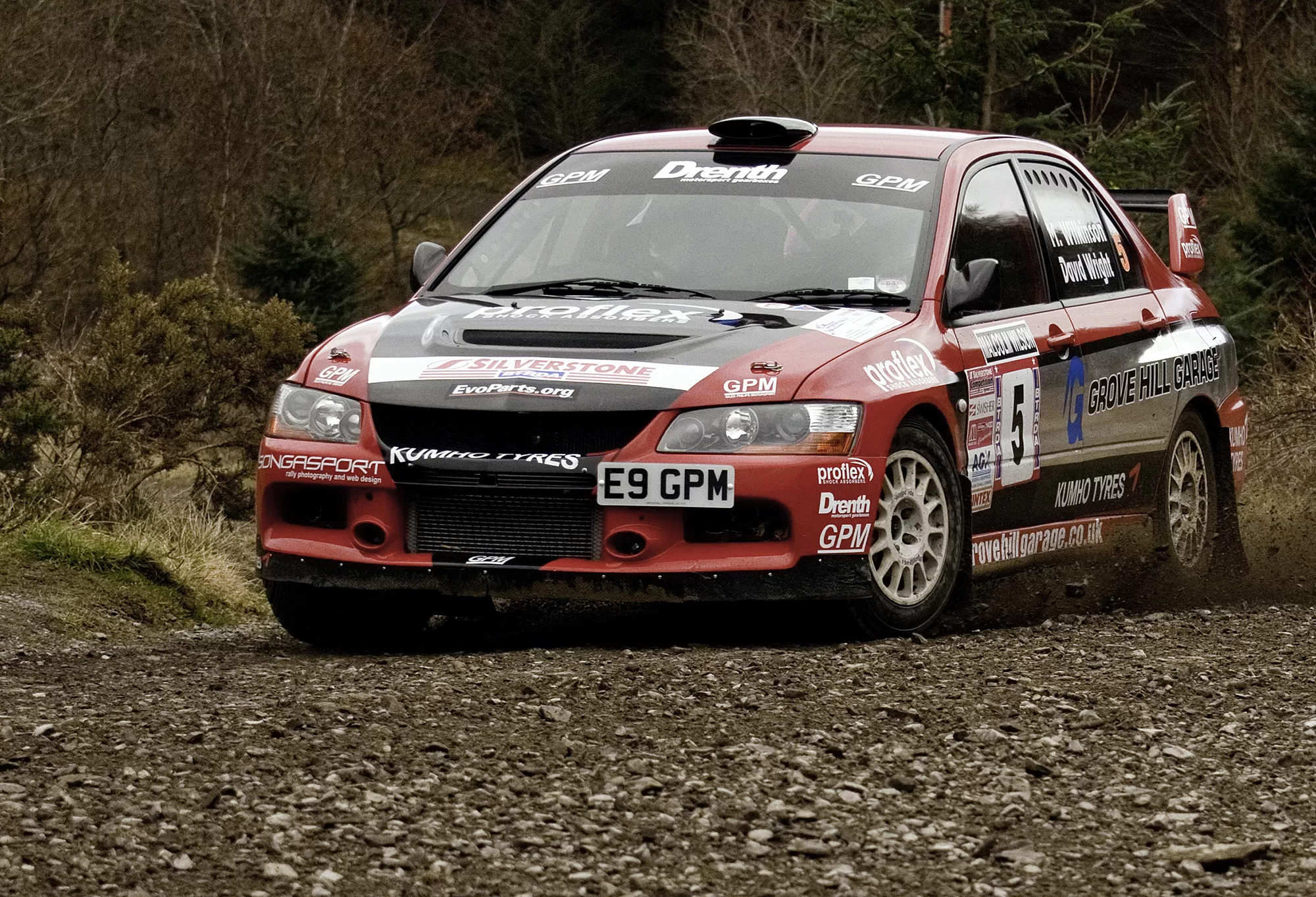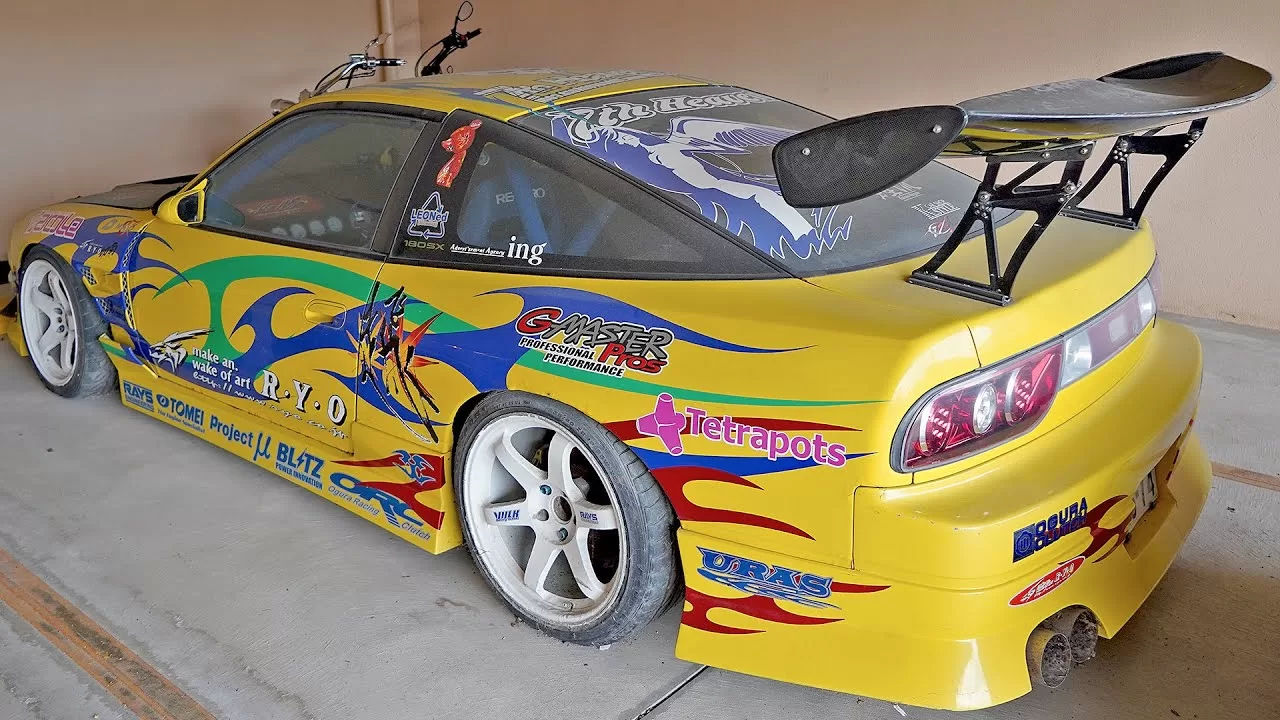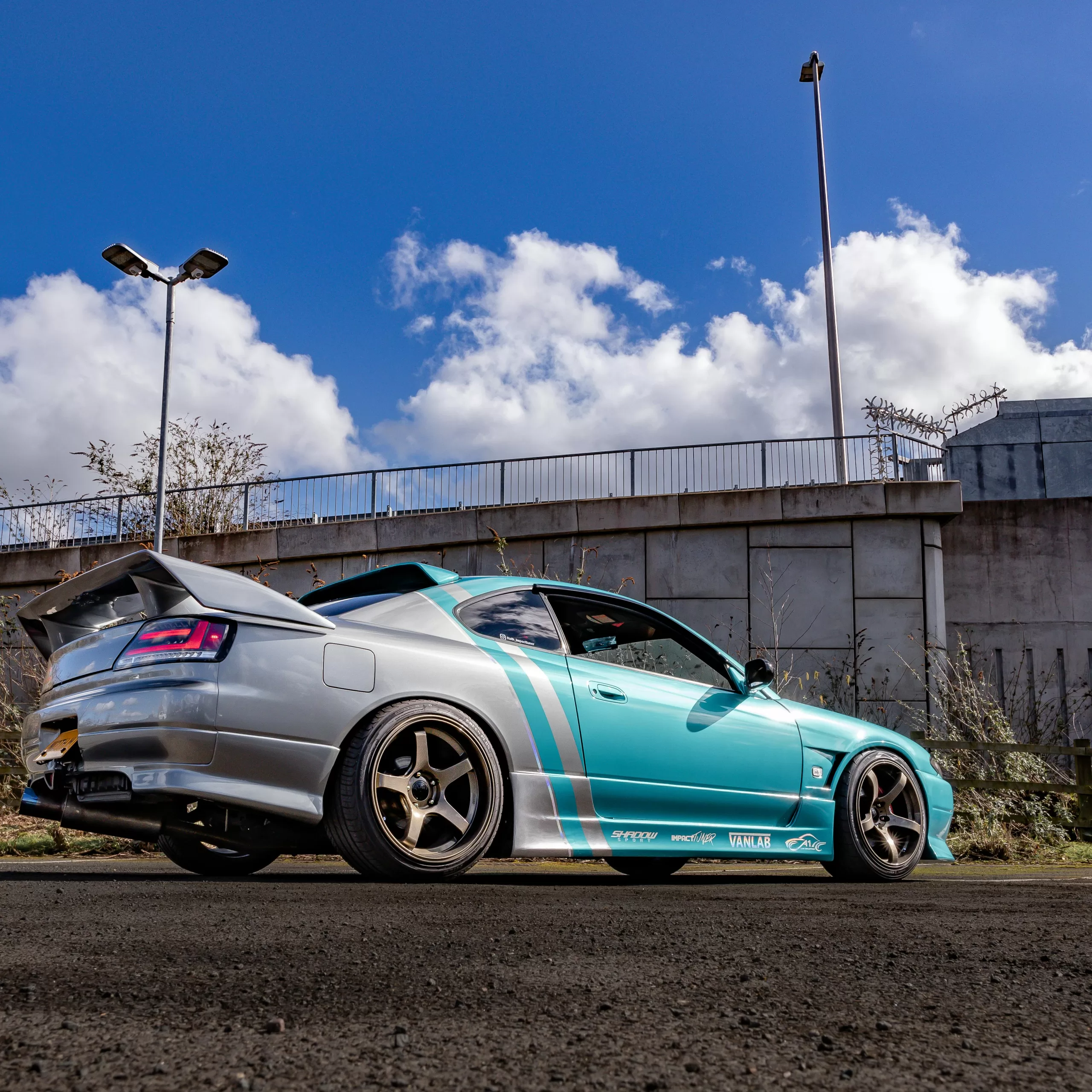EVO X Rally car, the muscular Mitsubishi Lancer Evolution X sought to uphold the Evo lineage’s reputation for rally-bred performance.
While roadgoing Evo X models impress on the tarmac, the specially built Evo X rally car proved Mitsubishi saved the best for competition use only in the WRC and other major events.
Let’s examine how Mitsubishi developed the last Evo into a podium-finishing rally weapon maintaining their racing pedigree into the late 2000s before economic troubles ended the Evo run in 2016.
Basis as a Rally Homologation Model
Part of the Lancer Evolution’s aura derives from simultaneously homologating road cars for Group A rally racing from the 1990s onward. While WRC rules changed, Mitsubishi leveraged Evo production models as the foundation for their rally racers even as complexity increased.
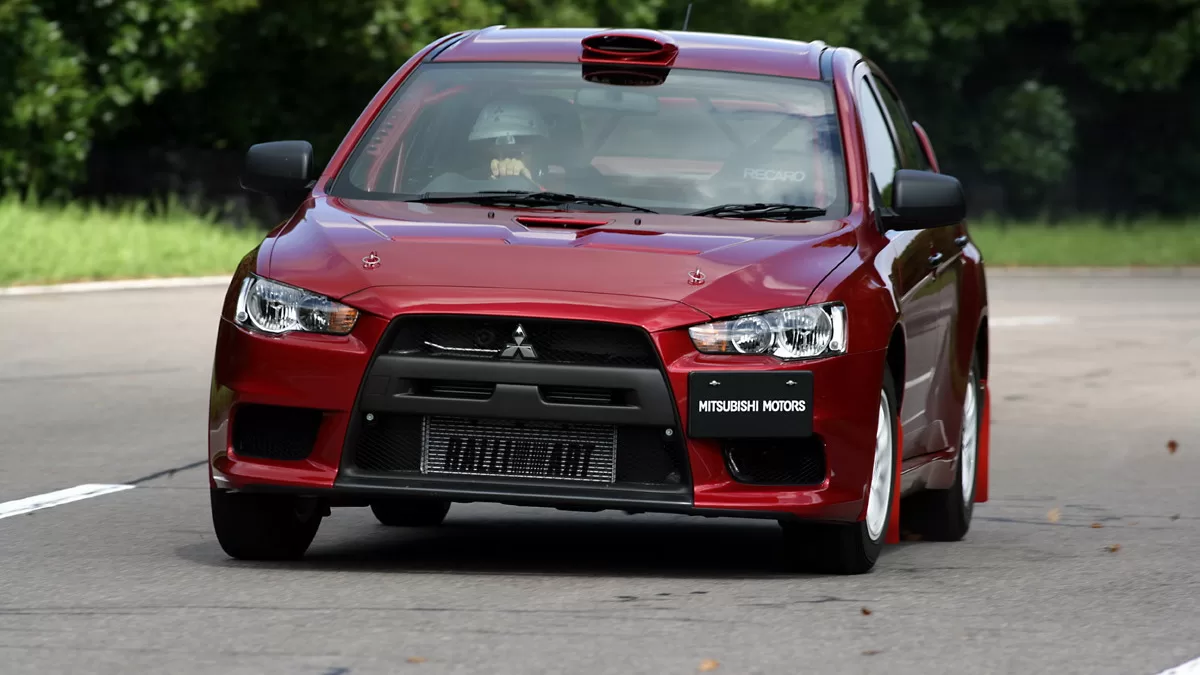
The Evo X continued this tradition with a bonded aluminum roof, Bilstein shocks, and a Super All-Wheel Control system that could translate into competition durability and traction. This pedigree meant Mitsubishi’s engineers could morph the Evo X into a new Super 2000 rally challenger.
Becoming the Lancer Evo X R4
For the Evo X to compete in the WRC’s secondary Super 2000 class defined by all-wheel drive and restricted 2.0L turbo engines, significant modifications were necessary. Mitsubishi homologated their rally version as the Lancer Evolution X R4.
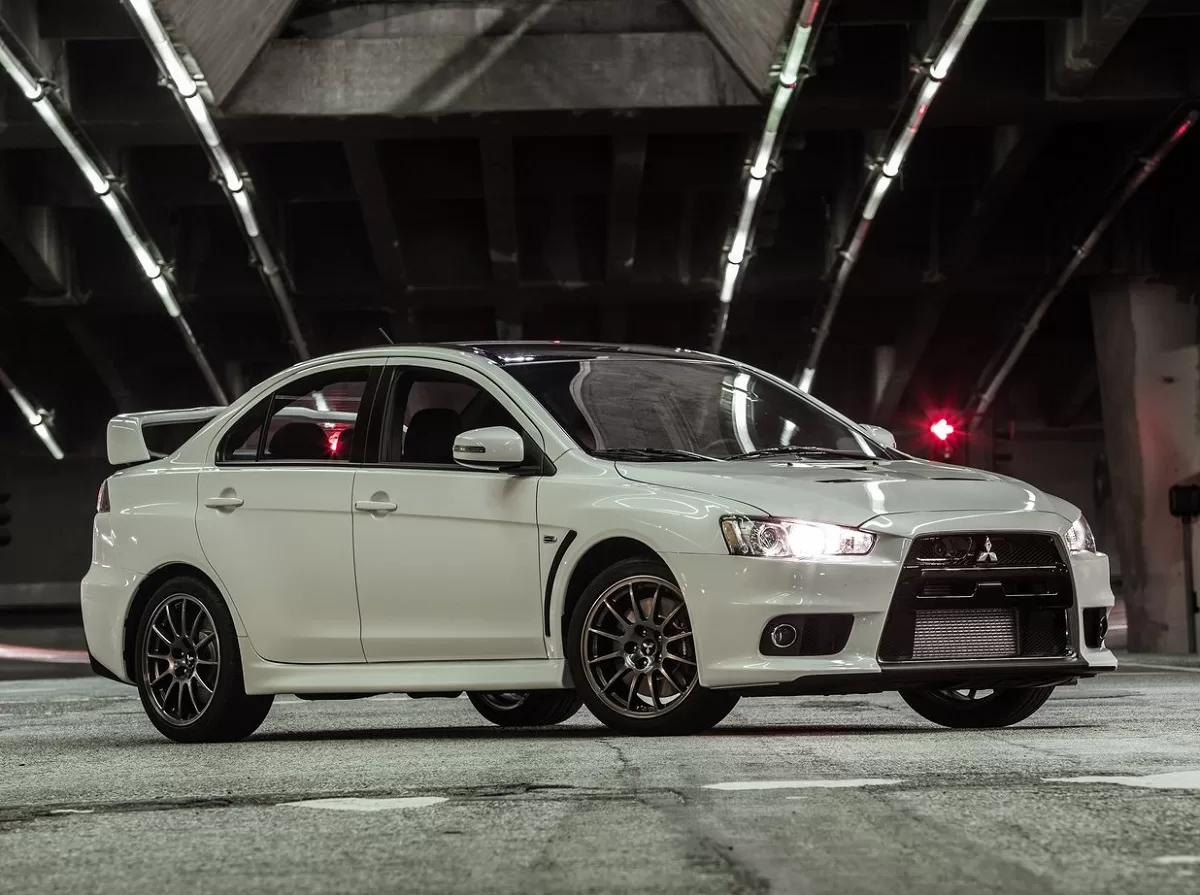
Power increased to over 300 horsepower thanks to tuned turbocharging, strengthened internals, and free-flowing exhaust. The Super AYC differentials also allowed active torque vectoring, while racing suspension allowed longer travel in rough conditions. A pneumatic handbrake added sideways agility. Inside, a full roll cage surrounded race seats and controls. Additional wider fenders, hood vents, and rear wings completed the look.
Competition Success Around the World
Debuting halfway through the 2009 season, the turnkey Lancer Evo X R4 proved immediately competitive when piloted by former Mitsubishi factory driver Toni Gardemeister. He drove the Evo X to podium finishes in its first events in Finland and Germany – a strong opening statement.
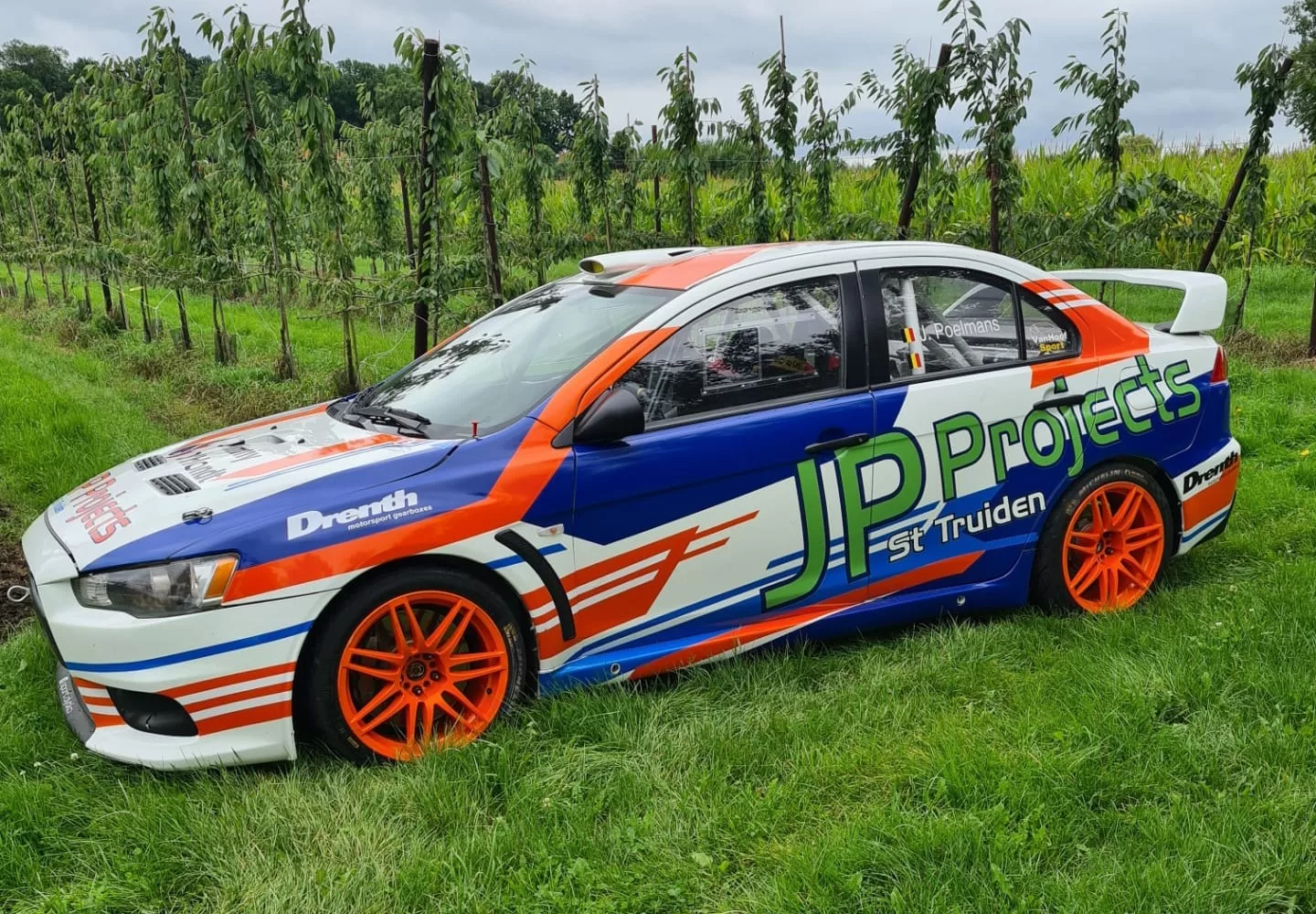
More strong runs followed over 2009-2011 in WRC and Intercontinental Rally Challenge (IRC) events on tarmac and gravel. Victory came in 2011, as Gardemeister piloted the Evo X to first place on the Rally Islas Canarias. The Evo X upheld Mitsubishi’s long rally legacy right up until the end.
Why it Worked
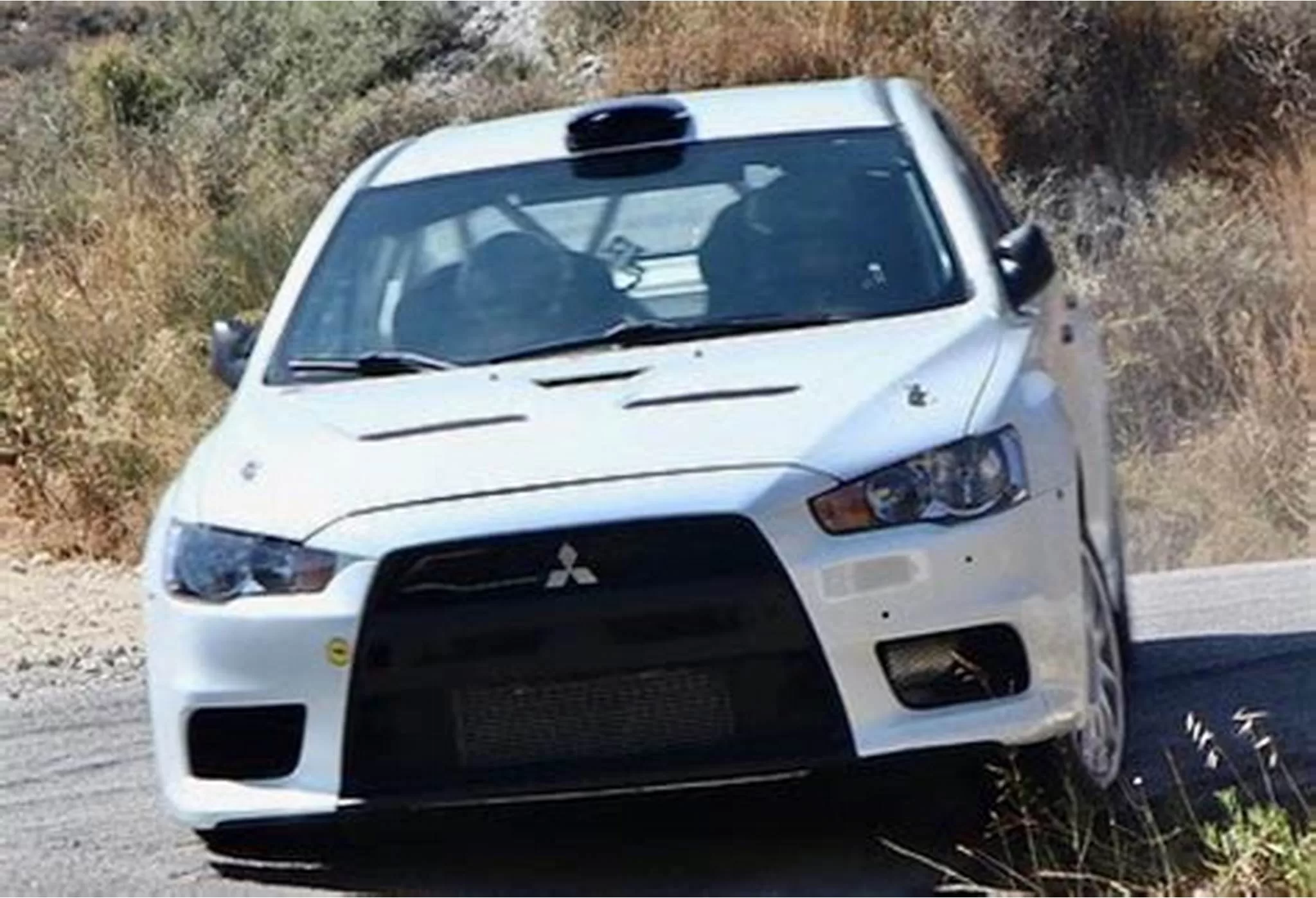
The EVO X Rally Сar maintained Mitsubishi’s successful formula:
- Proven strong turbocharged and inter-cooled 4B11T engine tuned for added durability and response.
- Super All-Wheel Control system’s ability to apportion torque fore/aft between axles dynamically aided traction.
- Longer travel suspension allowed greater articulation and damping on rough surfaces.
- The addition of a limited-slip front differential and pneumatic handbrake provided sharper turn-in and rotation.
- Lowered center of gravity and attention to weight distribution heightened stability and chassis agility.
Lessons from past Lancer Evolutions translated into making the most of the final Evo’s all-wheel drive performance potential.
EVO X Rally Сar Legacy Carried On
Past Lancer Evolution models like the Mirage, Cyborg, and IX left huge rally shoes to fill. But even as Mitsubishi’s fortunes declined, the Evo X upheld their racing reputation until the very end.
In the hands of drivers like Gardemeister, the Evo X continued Mitsubishi’s streak of potent homologation special rally cars tweaked for success on the world’s stages. This final Evolution closed the book on an astounding run pairing private sport sedans with racing pedigree unmatched by any brand. For Evo faithful worldwide, Evo X’s valiant efforts remain a fitting capper to a spectacular motorsport legend.

